Two invaders marked for state’s prohibited plant list
| Published: 08-29-2023 5:26 PM |
State agriculture officials are moving to prohibit the importation, sale and trade of two plants thought to be invasive to Massachusetts, including one that “is well-known for having nasty-smelling flowers.”
The Department of Agricultural Resources is proposing to add Callery pear/Bradford pear (Pyrus calleryana) and wall lettuce (Mycelis muralis) to the state’s prohibited plant list, which would restrict the propagation, import and sale of the plants in Massachusetts, but would not require plants already in the landscape to be removed.
“Invasive plants typically have few (if any) natural enemies and a very high reproductive rate. These and other characteristics allow invasive plants to outcompete native plants, which can lead to the disruption of ecosystems,” MDAR said on its website. The agency added, “The purpose of the ban is to stop the spread of invasive plants in Massachusetts. Introducing plants from another state can increase the risk of the unintentional release/introduction of harmful pests and pathogens.”
The Callery or Bradford pear is a “small, deciduous tree native to eastern Asia” that was brought to the United States in the early 1900s because of its resistance to fire blight that was affecting American pear trees at the time, MDAR said. The first record of Callery pear in the United States were the trees planted at Arnold Arboretum in Jamaica Plain by E.H. Wilson in 1908.
“Fire blight, caused by a bacterium (Erwinia amylovora) and thought to be spread by pollinators in pear orchards, had affected over 80% of the annual pear crop in the early 1900s by killing the trees. A search for resistant pear species indicated that Pyrus calleryana was mostly resistant, but there were few plants available,” MDAR wrote in its briefing on the plant proposed to be prohibited.
Springtime brings prolific white blossoms on the Callery pear tree before the leaves emerge and pollinated trees produce “copious small, hard, green fruit.” When a Callery or Bradford pear tree flowers, the aroma is “variously described as rotting fish, perfume gone wrong or dirty baby diapers,” MDAR said.
As of August 2022, 15 Callery pear tree locations were confirmed to exist in Essex, Middlesex, Worcester, Norfolk and Plymouth counties, and a social network for naturalists recorded more than 200 observations of the species across every Massachusetts county except Bristol, Franklin and Berkshire counties. MDAR said those trees were “a mix of planted and escapees from cultivation into natural areas.”
The Massachusetts Invasive Plant Advisory Group (MIPAG) voted in December to label the plant as likely invasive. It has already been listed as invasive in Ohio, Pennsylvania, South Carolina, Maine and Delaware.
Article continues after...
Yesterday's Most Read Articles
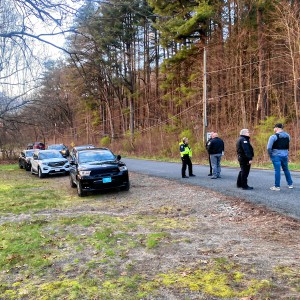 Police report details grisly crime scene in Greenfield
Police report details grisly crime scene in Greenfield
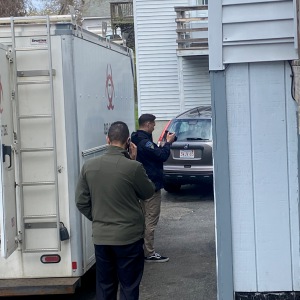 Authorities ID victim in Greenfield slaying
Authorities ID victim in Greenfield slaying
 State records show Northfield EMS chief’s paramedic license suspended over failure to transport infant
State records show Northfield EMS chief’s paramedic license suspended over failure to transport infant
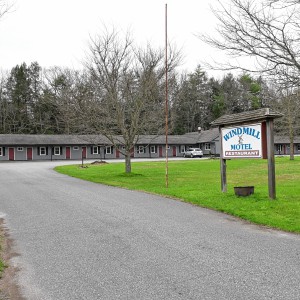 New buyer of Bernardston’s Windmill Motel looks to resell it, attorney says
New buyer of Bernardston’s Windmill Motel looks to resell it, attorney says
 On The Ridge with Joe Judd: What time should you turkey hunt?
On The Ridge with Joe Judd: What time should you turkey hunt?
 Ethics Commission raps former Leyden police chief, captain for conflict of interest violations
Ethics Commission raps former Leyden police chief, captain for conflict of interest violations
Wall lettuce is an “annual or biennial herbaceous plant with purple-tinged branched stems.” The stems “exude a milky juice” when broken, MDAR said. It is native to Europe but also “occurs sparsely” across the western Iberian Peninsula, Scandinavia, Russia, Turkey, North Africa and the Caucasus.
The first report of wall lettuce in Massachusetts came in 1984, when it was discovered growing plentiful yellow flowers at the edge of the woods in a parking lot in Lincoln. In 1990, it was found flowering at the edge of a road in Pittsfield. Scattered plants were found in both roadside and beach habitats in Manchester-by-the-Sea in 2007. Five of the seven confirmed sightings of wall lettuce have been in Lincoln.
Wall lettuce plants can give off up to 11,000 seeds per plant in full sun, so the MIPAG said there is the potential for rapid spread.
“There are seven positive reports of M. muralis in Massachusetts, all of which are away from artificial habitats. According to the Lincoln Conservation Organization, a population covering a 6-acre area was found in a mixed hardwood forest with a distribution of approximately 40% covering the total area,” the MIPAG wrote in comments related to its vote to label the species likely invasive.
No one offered public comments during an hour-long hearing that MDAR held this month.
The state’s prohibited plant list was last updated in November, when three invasive species were added: Japanese black pine (Pinus thunbergii), Scotch broom (Cytisus scoparius) and weeping lovegrass (Eragrostis curvula). That was the first change to the list in more than five years.
In 2017, MDAR added flowering rush (Butomus umbellatus) and large gray willow or rusty willow (Salix atrocinerea/Salix cinerea) to the list, but opted against prohibiting the hardy kiwi (Actinidia arguta). The department felt “that the distribution of hardy kiwi is primarily made up of numerous escaped plantings that are not showing signs of spreading from their original location.”
“Until we better understand why the large infestation in western Massachusetts has begun to grow so aggressively, we do not feel that hardy kiwi should be banned from sale at this time,” MDAR said in its decision.

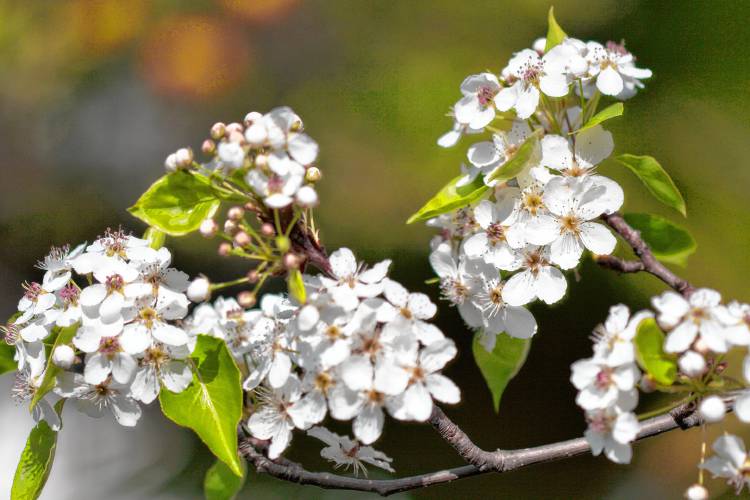
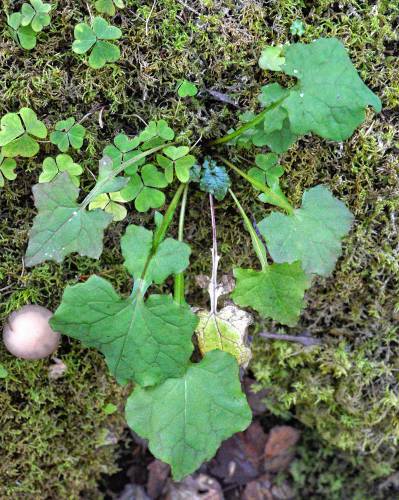
 What are the protocols for emergency transport of infants?
What are the protocols for emergency transport of infants? Frontier Regional School students appeal to lower voting age
Frontier Regional School students appeal to lower voting age
